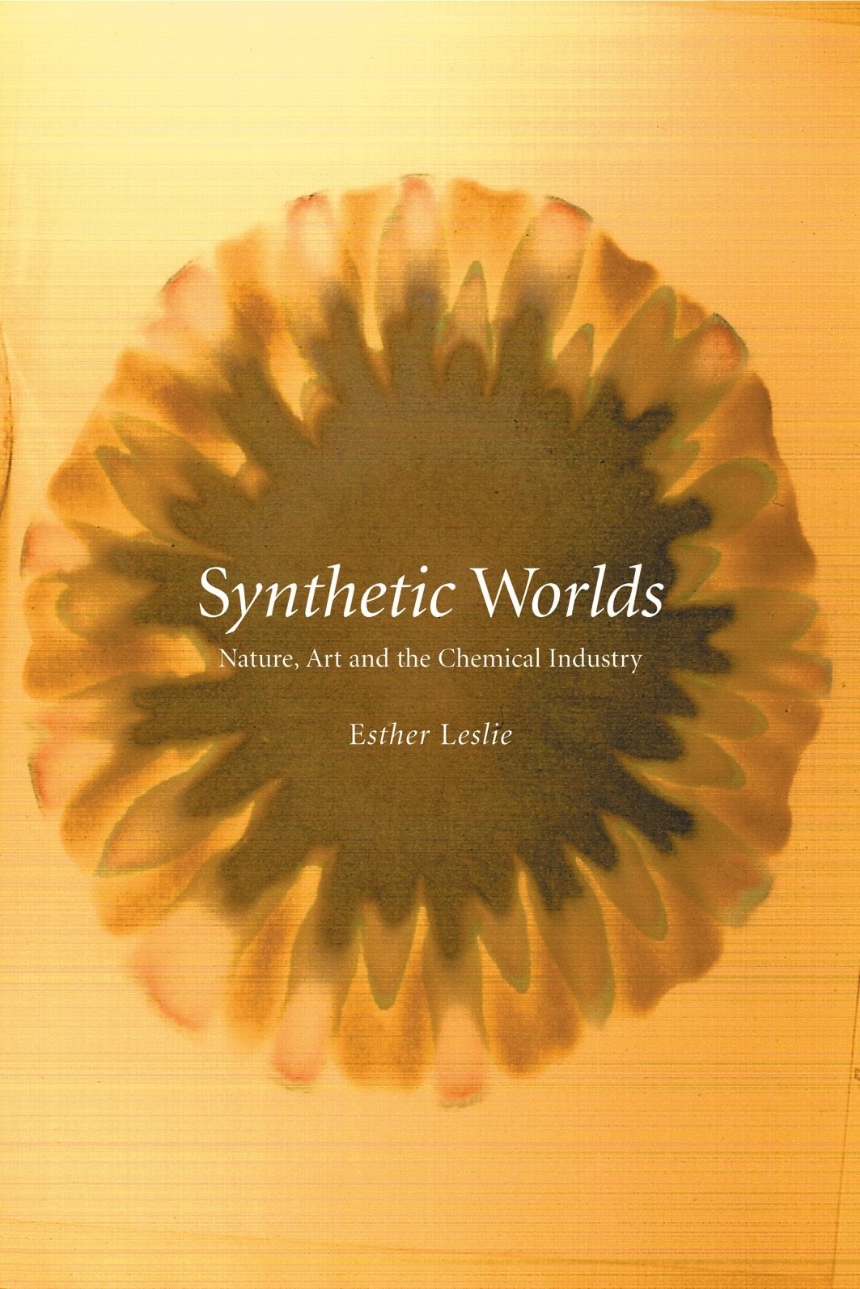This revealing study considers the remarkable alliance between chemistry and art from the late eighteenth century to the period immediately following the Second World War. Synthetic Worlds offers fascinating new insights into the place of the material object and the significance of the natural, the organic, and the inorganic in Western aesthetics.
Esther Leslie considers how radical innovations in chemistry confounded earlier alchemical and Romantic philosophies of science and nature while profoundly influencing the theories that developed in their wake. She also explores how advances in chemical engineering provided visual artists with new colors, surfaces, coatings, and textures, thus dramatically recasting the way painters approached their work. Ranging from Goethe to Hegel, Blake to the Bauhaus, Synthetic Worlds ultimately considers the astonishing affinities between chemistry and aesthetics more generally. As in science, progress in the arts is always assured, because the impulse to discover is as immutable and timeless as the drive to create.
Esther Leslie considers how radical innovations in chemistry confounded earlier alchemical and Romantic philosophies of science and nature while profoundly influencing the theories that developed in their wake. She also explores how advances in chemical engineering provided visual artists with new colors, surfaces, coatings, and textures, thus dramatically recasting the way painters approached their work. Ranging from Goethe to Hegel, Blake to the Bauhaus, Synthetic Worlds ultimately considers the astonishing affinities between chemistry and aesthetics more generally. As in science, progress in the arts is always assured, because the impulse to discover is as immutable and timeless as the drive to create.
Distribution by the University of Chicago Press only to customers in the USA and Canada. Customers elsewhere should visit the UK website of Reaktion Books.
280 pages | 13 color plates, 14 halftones | 6 1/8 x 9 1/4 | © 2005
Art: Art--General Studies
Reviews
Table of Contents
introduction:
Glints, Facets and Essence
one
Substance and Philosophy, Coal and Poetry
two
Eyelike Blots and Synthetic Colour
three
Shimmer and Shine, Waste and Effort in the Exchange Economy
four
Twinkle and Extra-terrestriality: A Utopian Interlude
five
Class Struggle in Colour
six
Nazi Rainbows
seven
Abstraction and Extraction in the Third Reich
eight
After Germany: Pollutants, Aura and Colours That Glow
conclusion:
Nature’s Beautiful Corpse
References
Select Bibliography
Acknowledgements
Index

